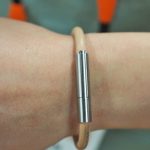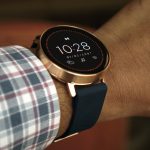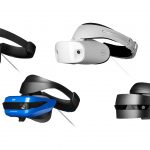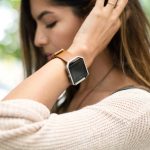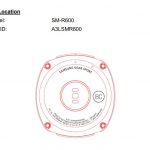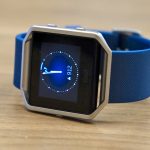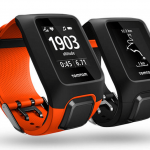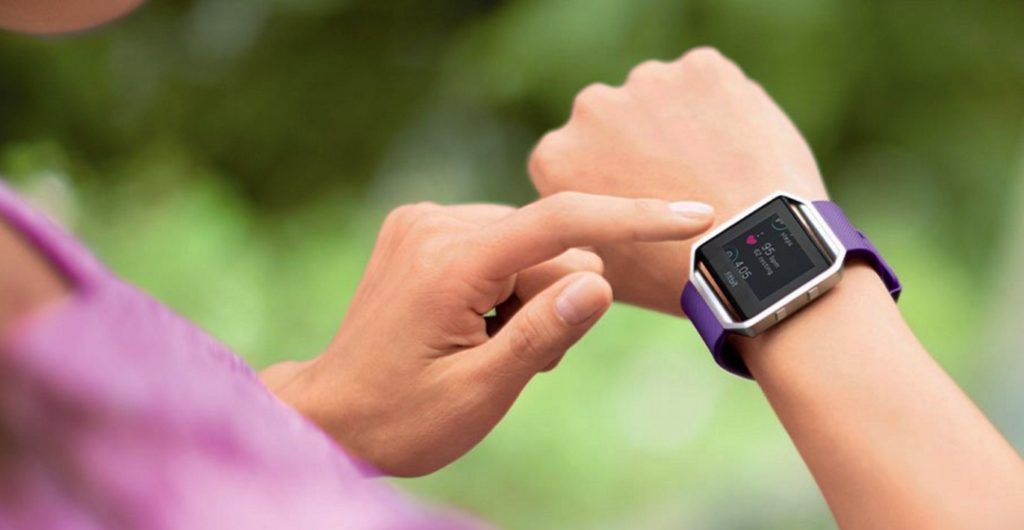Will micro-moment strategies bolster wearables’ future?
Will micro-moment strategies bolster wearables’ future?

Though smartwatch interest has flagged lately, a new study predicts a bright future for wearable devices in the U.S.
As reported by ZDNet, research firm Forrester recently released “Wearables Forecast: 2016 to 2020” which included a bullish take on the technology’s growth.
Among its findings Forrester anticipates that one in three Americans will be sporting a wearable device by 2021. This represents a steady rise in consumer adoption from 18% in 2015 to 29% in 2021.
The report said that this growth translates into an increase in revenues from $ 4.2 billion to $ 9.8 billion over the same period.
Forrester said sales will be driven by device volume and a more diverse mix of pricier wearables that include glasses, apparel and smartwatches.
The report added that wearables have the advantage of generating various types of data from consumers that businesses can harness. And if businesses focus on creating a strategy that focuses on capitalizing on “micro moments” rather than on the wearable gadgets themselves, they can develop new avenues for engaging with customers.
“While wearables are just one touchpoint in the vast connected products ecosystem, they will influence consumer engagement strategies and an increasing number of mobile moments,” said the report.
The report found that most wearable owners currently have a health or fitness device, representing 17% of all wearables.
However, other types of wearables are expected to increase in popularity over the next five years. Such wearables include devices focusing on these functions: notifications (6% of current wearables owned); retail (also 6%); travel (5%); and monitoring (4%).
Smartwatches still seen driver of growth in devices
Forrester also said that it expected that by 2021 more than one third of the 46 million wearable devices sold will consist of smartwatches. Driving this growth is higher consumer adoption of wellness applications, notifications, voice and mobile payments.
However, the report found that despite the strong prospects for wearable devices, only 11% of companies surveyed currently follow a wearables strategy. And more concerning is the finding that 34% of businesses don’t presently have a wearables strategy and don’t plan to implement one in the future.
This follows news from IDC that smartwatch shipments tumbled 32% in the second quarter compared to the same period last year.
The report claims that Apple Watch sales fell to 1.6 million in the second quarter of 2016, a 55% fall from the 3.6 million sales recorded in the same quarter last year.
The post Will micro-moment strategies bolster wearables’ future? appeared first on ReadWrite.
(12)




